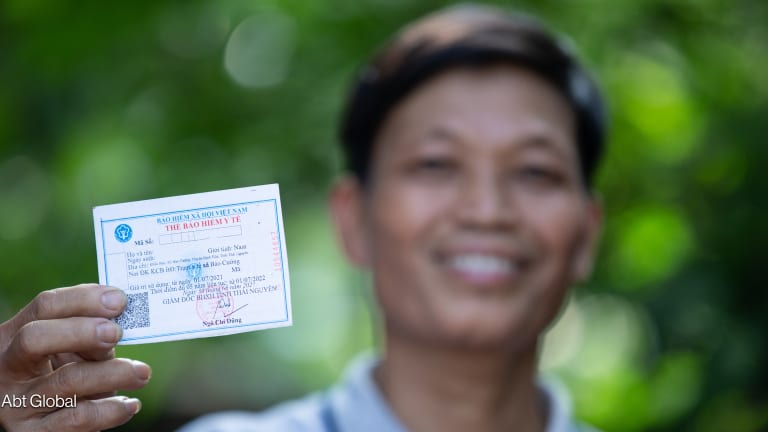South Africa has made significant progress in its response to HIV and AIDS, reducing mother-to-child HIV transmission and increasing life expectancy with the help of the global community. With new developments such as long-acting injectable prevention and treatment options, ending AIDS could still be possible. But not without community organizations. The international community cannot abandon the community response now.
The decision by the U.S. government to drastically cut aid to developing countries has set in motion a domino effect where other governments have not only reduced funding, but are deprioritizing remaining funding to local community-based organisations. These organizations have been the bedrock of the response to HIV and AIDS in poorer countries over decades and have proven, cost-effective methods to stop the spread of infection while at the same time addressing complex and deep-seated inequality and poverty that drive the spread of HIV.
South Africa has been hit hard by the funding cuts, with the loss of around $261 million to nonprofits in the country, resulting in the termination of 15,374 roles and disruption to services for an estimated 222,000 people living with HIV, including 7,445 children under 15 years old.








